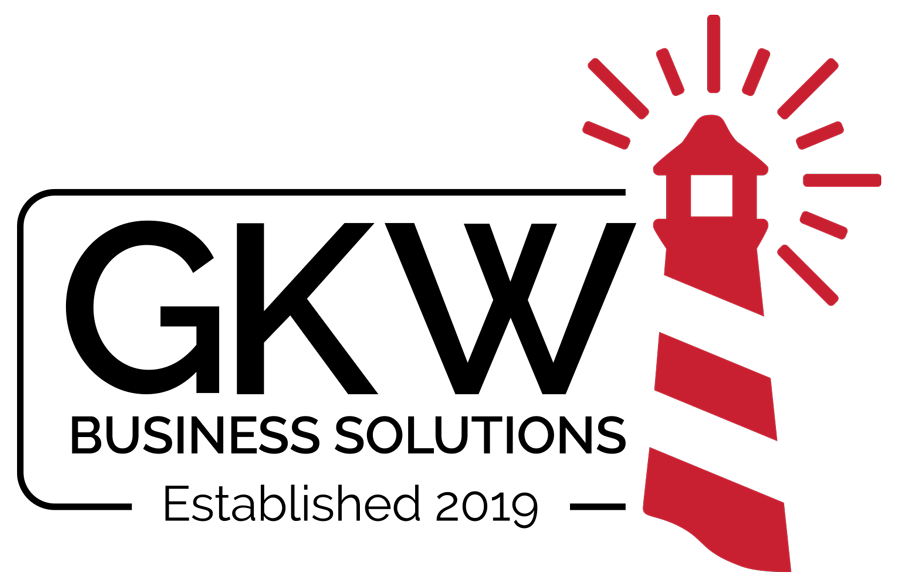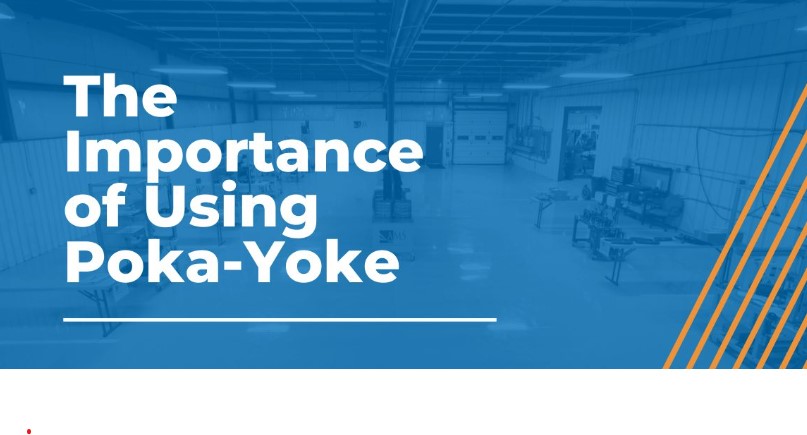Just finished a 2 Day Poka Yoke Training Class in the Detroit MI Area. With that said, I wanted to post the value of Poka Yoke and how it may benefit your organization.
Poka-yoke is a Japanese term that means “mistake-proofing” or “error-proofing.” It’s a concept and methodology used in various industries, particularly in manufacturing and process improvement, to prevent or detect errors at an early stage to avoid defects, improve quality, and enhance overall productivity. Poka-yoke systems are designed to make it nearly impossible for operators to make mistakes or produce faulty products, thereby reducing waste and improving efficiency.
Here’s a detailed explanation of poka-yoke:
- Historical Background: Poka-yoke was developed by Shigeo Shingo, a Japanese industrial engineer, and a prominent figure in the Toyota Production System. It emerged in the 1960s as part of the broader lean manufacturing philosophy, which emphasizes minimizing waste and optimizing processes.
- Purpose: The primary purpose of poka-yoke is to prevent or detect defects as early as possible in a production process. This helps in achieving the following objectives:
- Improved product quality: By eliminating or reducing errors, the quality of products is enhanced.
- Increased productivity: Reduced errors mean less time and resources spent on rework or fixing defects.
- Cost reduction: Lower defect rates lead to cost savings associated with scrap, rework, and customer complaints.
- Enhanced safety: Error-proofing systems can also improve workplace safety by preventing accidents related to errors.
- Types of Poka-Yoke: There are two main types of poka-yoke devices:
- Contact Method Poka-Yoke: These devices physically prevent an error from occurring. For example, a car key that can only be removed from the ignition when the vehicle is in “Park” is a contact method poka-yoke.
- Non-Contact Method Poka-Yoke: These devices use sensors or visual cues to guide the operator and prevent errors. For instance, color-coding parts or displaying error messages on a computer screen to alert the operator.
- Examples of Poka-Yoke:
- Jigs and Fixtures: These tools are designed to ensure that parts can only be assembled in the correct orientation or sequence.
- Sensors and Alarms: Sensors can be used to detect abnormalities in the production process, triggering alarms or shutting down the system if something goes wrong.
- Visual and Auditory Cues: Using colors, shapes, or sounds to signal correct or incorrect actions to operators.
- Counters and Gauges: Monitoring tools that track the number of operations performed or the size of a component to prevent overproduction or underproduction.
- Implementation Steps:
- Identify potential sources of errors in the process.
- Determine the type of poka-yoke mechanism (contact or non-contact) needed.
- Design and implement the poka-yoke device or system.
- Continuously monitor and improve the poka-yoke system based on feedback and performance data.
- Benefits of Poka-Yoke:
- Reduced defects and rework.
- Increased efficiency and productivity.
- Lower production costs.
- Enhanced product quality.
- Improved employee morale and safety.
In conclusion, poka-yoke is a proactive approach to quality control and process improvement that aims to eliminate errors and defects before they occur. By implementing poka-yoke systems, organizations can achieve higher levels of quality, efficiency, and customer satisfaction while reducing waste and costs.
Give us a call on how this process can assist you and your organization.



